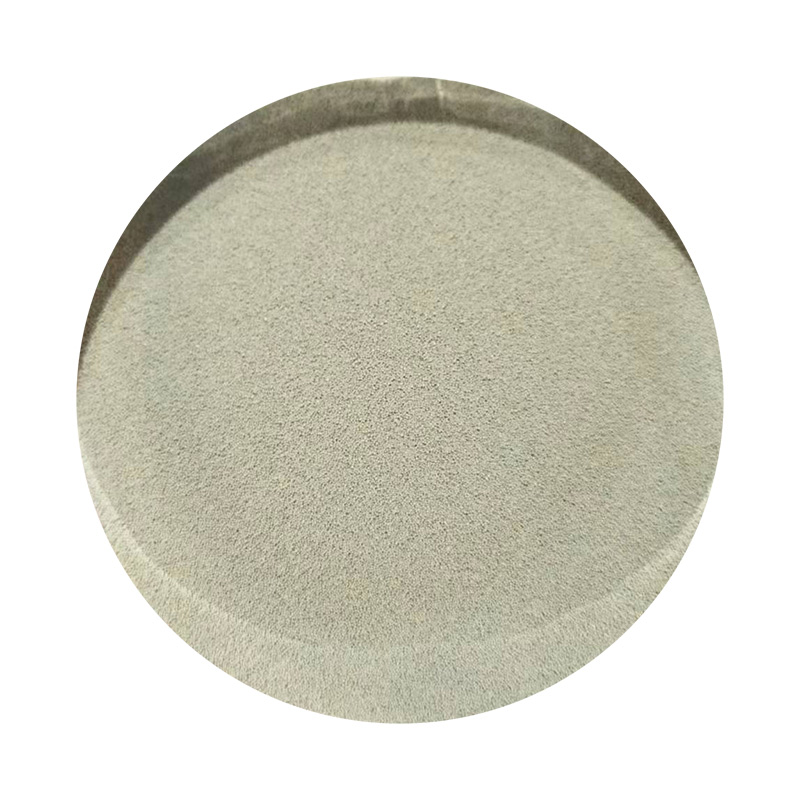The Art and Science of Sand Casting Resin
Sand casting is an ancient manufacturing process that has been practiced for thousands of years, evolving over time with advancements in materials and techniques. One of the most notable developments in this field is the use of resin in sand casting, which has transformed the way foundries produce metal castings.
Resin-sand casting involves the use of a mixture of sand and a resin binder to create molds for metal components. This method offers several advantages over traditional sand casting, particularly in terms of precision, surface finish, and efficiency. The incorporation of resin provides better binding properties than the conventional clay-bonded sands, allowing for thinner and more intricate mold designs.
One of the standout benefits of using sand casting resin is the reduction of defects in castings
. Because resin-bonded sands are less prone to moisture-related issues, the resulting molds have a more consistent structure, which minimizes problems like sand blow or gas porosity. This enhanced stability leads to higher quality castings with improved surface finishes, making resin-sand casting ideal for producing intricate components with tight tolerances.sand casting resin

Moreover, the versatility of resin binders allows for a variety of materials to be cast. From aluminum to iron and even specialty alloys, the resin-sand process can accommodate a diverse range of metals, expanding the scope of applications. This flexibility is particularly valuable in industries such as automotive, aerospace, and art, where custom designs and minute details are paramount.
The environmental impact of resin-sand casting is another factor worth considering. With the introduction of eco-friendly resin systems, many foundries are shifting toward sustainable practices. These advancements not only reduce waste but also lessen harmful emissions associated with traditional casting methods. As industries move towards greener technologies, resin-sand casting provides a more responsible choice for manufacturers.
Despite its many advantages, the use of sand casting resin does come with some challenges. The cost of resin materials can be higher than traditional sand components, and the process requires careful control of the temperature and curing times to achieve optimal results. This necessitates skilled operators who understand the dynamics of the resin-sand mixture.
In conclusion, sand casting resin has revolutionized the casting industry by providing greater precision, improved surface finishes, and environmentally friendly options. As technologies continue to advance, the potential for resin-bonded sand casting will only expand, paving the way for innovative solutions in metal casting and beyond. This method not only reflects the ingenuity of modern manufacturing but also highlights the importance of evolving with the needs of the industry and the environment.
Post time:сеп . 18, 2024 02:50
Next:Différence entre la coulée de sable et la coulée de moule à fusion
